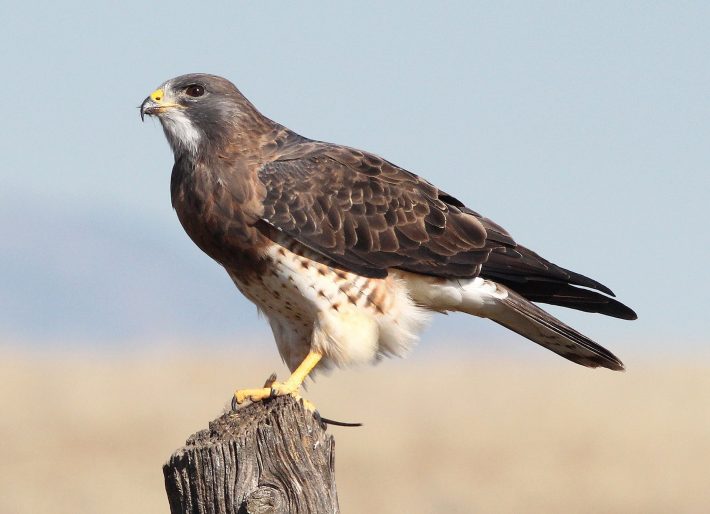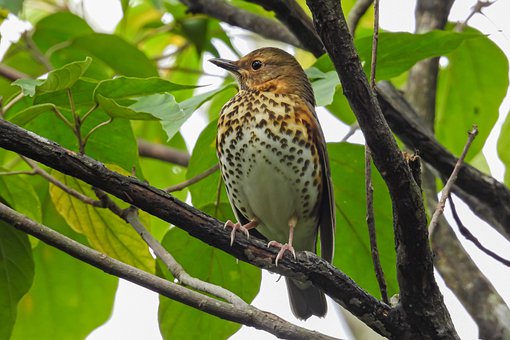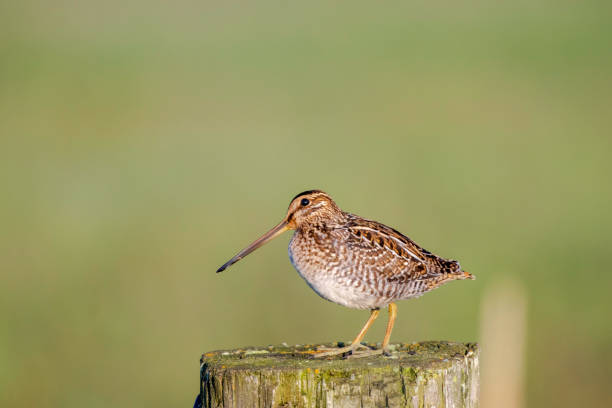Bird migratory movements predicted by new model
University of Massachusetts Amhurst Press Release
Computer scientists from the University of Massachusetts Amherst have developed a new model capable of predicting the movements of migratory birds, with the aim of guiding conservation action.

A new predictive model called BirdFlow, announced in Methods in Ecology and Evolution, is capable of accurately forecasting where a migratory bird will go next – one of the most difficult tasks in biology.
Dr Dan Sheldon, the paper’s senior author alongside lead author Miguel Fuentes explain “Humans have been trying to figure out bird migration for a long time, but it’s incredibly difficult to get precise, real-time information on their current location, let alone where they plan to go.”
There have been many efforts to tag and track individual birds which have produced valuable insights. However, it is difficult to physically tag a large enough number of birds to form an accurate prediction of bird movements. “It’s hard to understand how an entire species moves across the continent with tracking methods, as they only tell you the route of birds caught in specific locations rather than every location,” Sheldon says.

Recent years have seen an explosion in the number of ‘citizen scientists’ monitoring and reporting sightings of migratory birds. Bird watchers around the world contribute over 200 million annual bird sightings through ‘eBird’, one of the largest biodiversity related projects in existence. Managed by the Cornell Lab of Ornithology (CLoO), the Lab’s eBird Status and Trends project shows the location of birds every week across their entire range. However it does not track individuals.
BirdFlow draws on eBird’s estimates of relative bird abundance and runs the informaton through a probabilistic machine-learning model. The model is tuned with real-time GPS and satellite tracking data, thus enabling it to ‘learn’ to predict the next movements of individual birds.
“Birds are experiencing rapid environmental changes, and many species are declining”
The researchers tested BirdFlow on 11 species of North American birds- including the American Woodcock, Wood Thrush and Swainson’s Hawk.
Not only did BirdFlow outperform other models for tracking bird migration, it can also accurately predict migration patterns without the GPS/satellite tracking data, a valuable tool for tracking low flying species.

Dr Benjamin Van Doren, CLoO postdoctoral fellow and co-author of the study explains “Birds today are experiencing rapid environmental change, and many species are declining. Using BirdFlow, we can unite different data sources and paint a more complete picture of bird movements. With exciting applications for guiding conservation action.”
With an $827,00 grant from the National Science Foundation, Dr Sheldon and his colleagues plan to release a software package for ecologist use. Future developments will be aimed at visualization products for the public.
The full article can be read for free for a limited time, here:
, , , & (2023). BirdFlow: Learning seasonal bird movements from eBird data. Methods in Ecology and Evolution, 00, 1– 16. https://doi.org/10.1111/2041-210X.14052
Like what we stand for?
Support our mission and help develop the next generation of ecologists by donating to the British Ecological Society.